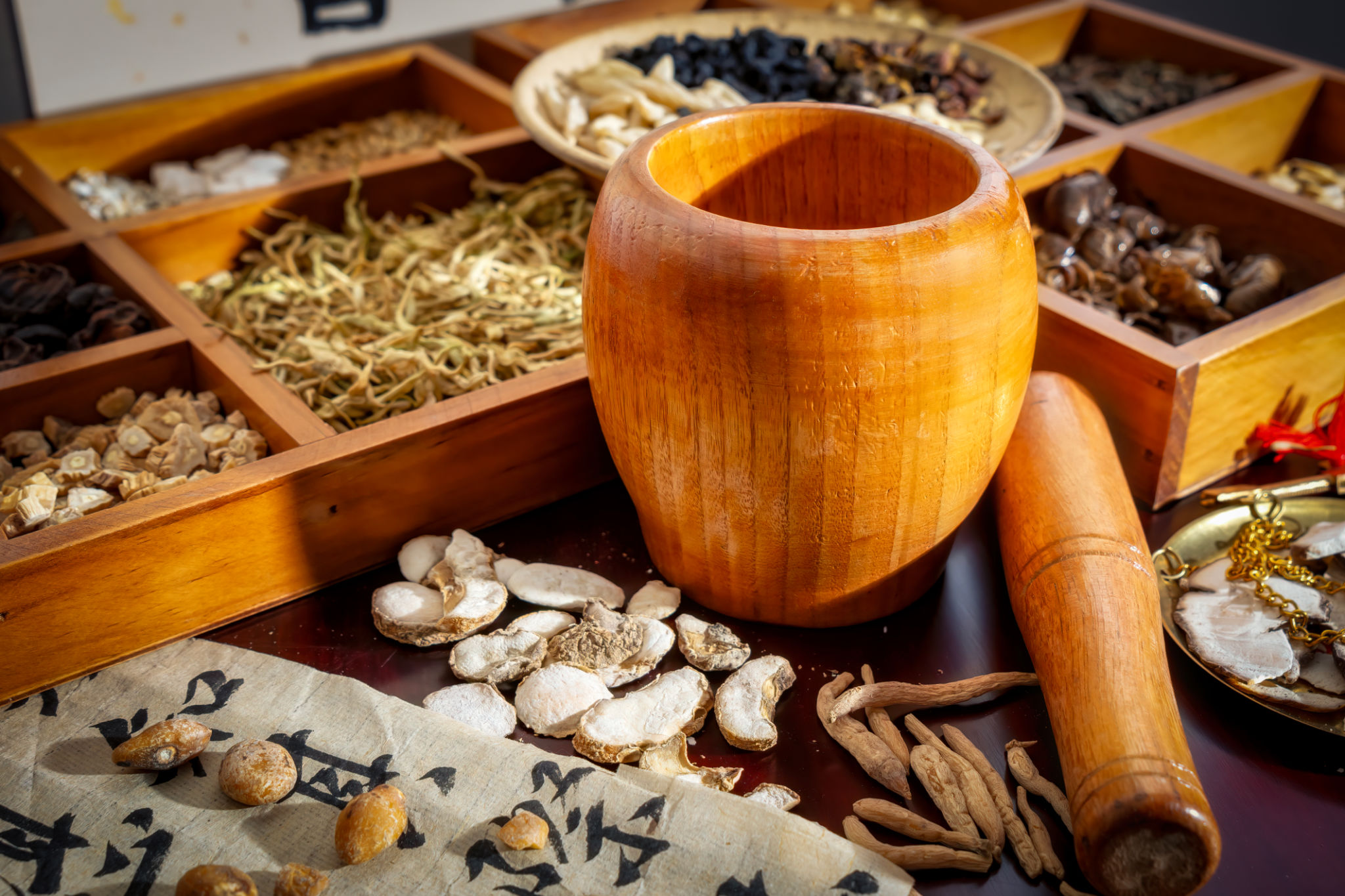How Traditional Chinese Medicine Can Alleviate Back Pain: Insights and Techniques
Understanding Traditional Chinese Medicine
Traditional Chinese Medicine (TCM) has been practiced for thousands of years and is rooted in the belief that health is a balance of the body's vital energies, known as Qi. This holistic approach focuses on restoring harmony within the body, making it an effective method for alleviating various ailments, including back pain.
Unlike conventional medicine, which often relies on medications or surgery, TCM employs natural techniques such as acupuncture, herbal remedies, and massage therapy to treat pain and discomfort. These methods aim to unblock the flow of Qi and enhance the body's natural healing processes.

The Role of Qi in Back Pain
In TCM, back pain is typically attributed to an imbalance or blockage of Qi within the body's meridians. These meridians are pathways through which energy flows, and any disruption can lead to pain or illness. By understanding the nature of Qi and its influence on the body, practitioners can tailor treatments to address these imbalances effectively.
For those suffering from back pain, TCM seeks to identify the root cause of the issue rather than just addressing the symptoms. This comprehensive approach ensures a more lasting solution to pain management.
Acupuncture: A Key Technique
Acupuncture is one of the most well-known TCM practices used to relieve back pain. By inserting fine needles into specific points along the meridians, acupuncture aims to stimulate the body's natural painkillers and enhance circulation. This method can reduce inflammation and promote relaxation.

Studies have shown that acupuncture can be particularly effective for chronic back pain sufferers who haven't found relief through conventional treatments. The technique not only addresses physical symptoms but also helps balance emotional and mental well-being.
Herbal Remedies for Pain Relief
Another integral aspect of TCM is the use of herbal remedies. These natural botanicals are carefully selected to target inflammation, improve circulation, and support overall health. Common herbs used in treating back pain include turmeric, ginger, and ginseng, each offering unique anti-inflammatory and analgesic properties.
Typically, these herbs are consumed as teas or supplements, providing a gentle yet effective way to alleviate pain without the side effects associated with pharmaceuticals.

Massage Therapy and Exercise
Massage therapy, including techniques like Tuina and Shiatsu, plays a vital role in TCM for managing back pain. These hands-on methods work by applying pressure along meridians to relieve tension, increase flexibility, and improve blood flow.
Additionally, incorporating exercises such as Tai Chi or Qigong can enhance the benefits of TCM treatments. These gentle movements help strengthen muscles, improve posture, and promote relaxation, further aiding in pain relief.
Personalized Treatment Plans
One of the strengths of TCM is its emphasis on personalized treatment plans. Practitioners assess each individual's unique symptoms and lifestyle factors to create a tailored approach that addresses both physical and emotional needs. This personalized care ensures that treatments are not only effective but also sustainable in the long term.
By combining various TCM techniques, individuals can experience a comprehensive strategy for managing back pain that aligns with their personal health goals.

The Benefits of Integrating TCM
Integrating Traditional Chinese Medicine into your healthcare routine can provide numerous benefits beyond pain relief. Its holistic approach fosters a deeper understanding of one's body and promotes overall wellness. By addressing the root causes of discomfort, TCM helps prevent future issues and supports a balanced lifestyle.
For those seeking natural and effective solutions for back pain, TCM offers a wealth of insights and techniques that have stood the test of time. Whether used alone or alongside conventional treatments, it provides a valuable option for achieving long-term health and vitality.
